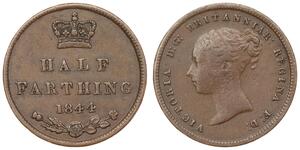(售价 $317.0)
Emperor Diocletian (284-305 AD) AR Argenteus Coin. Military Camp with Open Gate. RR!
State: Roman Empire
Mint Year: Struck 295 AD
Denomination: AR Argenteus
Mint Place: Nicomedia (SMN-Γ)
References: RIC VI 22a, RSC 492a. R!
Condition: A natural planchet crack, which was caused during the minting process, otherwise a magnificent lustre mint-state specimen!
Diameter: 22mm
Weight: 3.29gm
Material: Silver
Obverse: Laureate head of Emperor Diocletian right.
Legend: DIOCLETIANVS AVG
Reverse: Camp gate with four turrets, doors thrown open.
Legend: VICTORIAE SARMATICAE
The argenteus was a silver coin produced by the Roman Empire from the time of Diocletian's coinage reform in AD 294 to ca. AD 310. It was of similar weight and fineness as the denarius of the time of Nero. The coin was produced at a theoretical weight of 1/96th of a Roman pound (about 3 grams), as indicated by the Roman numeral XCVI on the coin's reverse. Argenteus, meaning "of silver" in Latin, was first used in Pliny's Natural History in the phrase "argenteus nummus" (silver coin). The 4th-century historian Ammianus uses the same phrase, however there is no indication that this is the official name for a denomination. The Historia Augusta uses the phrase to refer to several fictitious coins. See also: Numismatics, Roman currency, Edict on Maximum Prices.
All offered coins are guaranteed to be ancient and as described.
Diocletian (Latin: Gaius Aurelius Valerius Diocletianus Augustus; c. 22 December 244 - 3 December 311 ), was a Roman Emperor from 284 to 305. Born to a family of low status in the Roman province of Dalmatia, Diocletian rose through the ranks of the military to become cavalry commander to the Emperor Carus. After the deaths of Carus and his son Numerian on campaign in Persia, Diocletian was proclaimed Emperor. The title was also claimed by Carus' other surviving son, Carinus, but Diocletian defeated him in the Battle of the Margus. Diocletian's reign stabilized the Empire and marks the end of the Crisis of the Third Century. He appointed fellow officer Maximian Augustus his senior co-emperor in 285.
Diocletian delegated further on 1 March 293, appointing Galerius and Constantius as Caesars, junior co-emperors. Under this "Tetrarchy", or "rule of four", each emperor would rule over a quarter-division of the Empire. Diocletian secured the Empire's borders and purged it of all threats to his power. He defeated the Sarmatians and Carpi during several campaigns between 285 and 299, the Alamanni in 288, and usurpers in Egypt between 297 and 298. Galerius, aided by Diocletian, campaigned successfully against Sassanid Persia, the Empire's traditional enemy. In 299 he sacked their capital, Ctesiphon. Diocletian led the subsequent negotiations and achieved a lasting and favorable peace. Diocletian separated and enlarged the Empire's civil and military services and reorganized the Empire's provincial divisions, establishing the largest and most bureaucratic government in the history of the Empire. He established new administrative centers in Nicomedia, Mediolanum, Antioch, and Trier, closer to the Empire's frontiers than the traditional capital at Rome had been. Building on third-century trends towards absolutism, he styled himself an autocrat, elevating himself above the Empire's masses with imposing forms of court ceremonies and architecture. Bureaucratic and military growth, constant campaigning, and construction projects increased the state's expenditures and necessitated a comprehensive tax reform. From at least 297 on, imperial taxation was standardized, made more equitable, and levied at generally higher rates.
Not all of Diocletian's plans were successful: the Edict on Maximum Prices (301), his attempt to curb inflation via price controls, was counterproductive and quickly ignored. Although effective while he ruled, Diocletian's Tetrarchic system collapsed after his abdication under the competing dynastic claims of Maxentius and Constantine, sons of Maximian and Constantius respectively. The Diocletianic Persecution (303-11), the Empire's last, largest, and bloodiest official persecution of Christianity, did not destroy the Empire's Christian community; indeed, after 324 Christianity became the empire's preferred religion under its first Christian emperor, Constantine.
In spite of his failures, Diocletian's reforms fundamentally changed the structure of Roman imperial government and helped stabilize the Empire economically and militarily, enabling the Empire to remain essentially intact for another hundred years despite being near the brink of collapse in Diocletian's youth. Weakened by illness, Diocletian left the imperial office on 1 May 305, and became the only Roman emperor to voluntarily abdicate the position. He lived out his retirement in his palace on the Dalmatian coast, tending to his vegetable gardens. His palace eventually became the core of the modern-day city of Split.
Only 1$ shipping for each additional coin purchased!
1/2 Farthing 大不列颠及爱尔兰联合王国 (1801 - 1922) 青铜 维多利亚 (英国君主)
本组有 9 钱币 / 8 售价
⇑

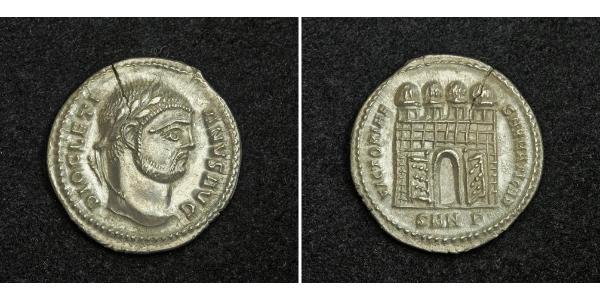







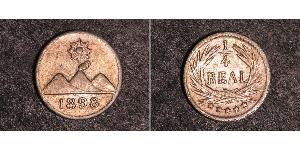
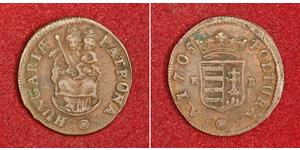

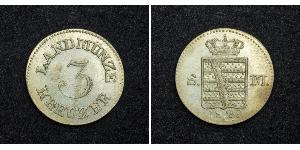

![1 Shilling 比亚法拉共和国 (1967 - 1970[1]) 铝 1 Shilling 比亚法拉共和国 (1967 - 1970[1]) 铝](https://dwq7qr2mk7da8.cloudfront.net/fs/300_150/PO7BwcI0_vkAAAEq1NFDRaYI.jpg)

-300-150-YYnBwcI0woEAAAEnE4RaOLOG.jpg)
